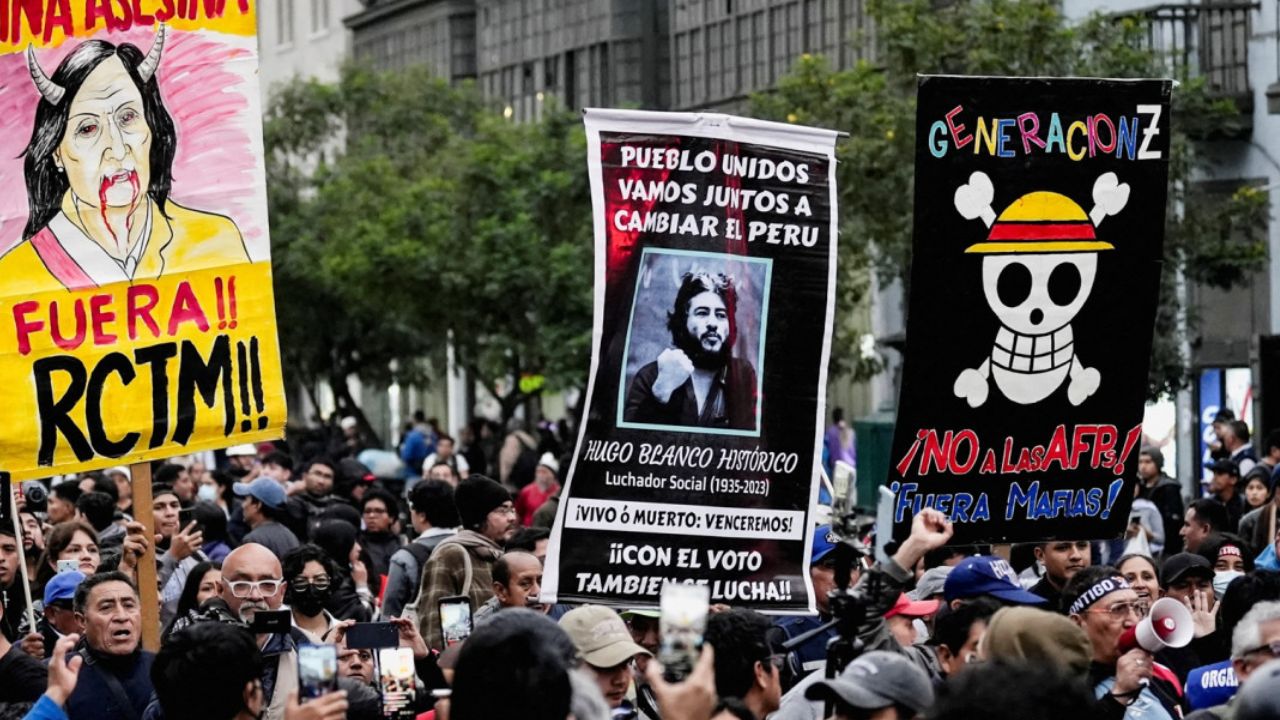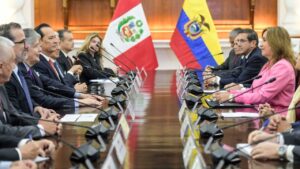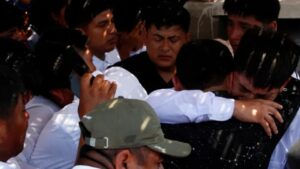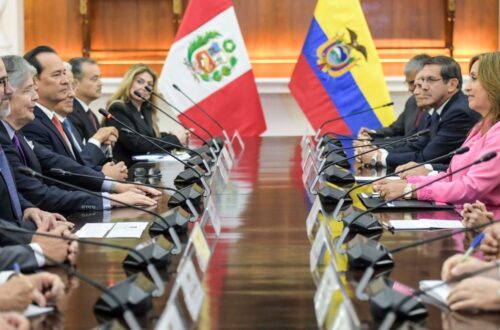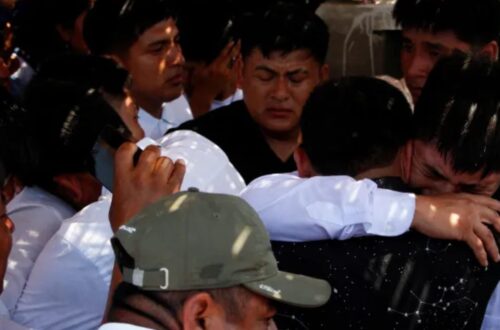Peru’s Gen Z has reignited mass demonstrations against President Dina Boluarte, channeling frustration over a new pension law, persistent corruption, and rising organized crime.
The flashpoint is a reform that obliges young adults to enroll and contribute to private pension funds even as many face informal, unstable jobs.
For students and early-career workers, mandatory deductions feel like a pay cut in a fragile economy.
Anger also stems from the unresolved trauma of protests in late 2022 and 2023, when dozens of demonstrators were killed, and from a series of ethics scandals that have hollowed out trust in national institutions.
Latest Flashpoints And Injury Tallies
The latest surge began in mid-to-late September 2025, with marches in Lima and regional cities.
Weekend rallies saw injuries among protesters, police, and journalists as authorities used tear gas and rubber rounds and some demonstrators responded with stones and improvised projectiles.
Civic groups have urged both restraint and accountability, while youth organizers emphasize peaceful tactics, legal aid brigades, and crowd-safety protocols shared via TikTok, X, and Instagram.
What The Pension Law Changed
The new pension law requires young workers to contribute to private funds from their first jobs, a shift critics say ignores Peru’s high informality and low starting wages.
Supporters argue early savings will bolster retirement security. Opponents counter that compulsory deductions, weak oversight of fund managers, and patchy enforcement in informal sectors make the policy regressive.
The reform has become a rallying banner for broader demands: fair labor rules, transparent governance, and a credible public-safety strategy against extortion networks.
Approval And Political Backdrop
Public patience is thin.
Polling through mid-2025 placed Boluarte’s approval near record lows, while Congress is viewed even more negatively.
Youth leaders frame the movement as a democratic corrective, not a partisan campaign, and link their grievances to cost-of-living pressures, campus funding shortfalls, and stalled investigations into corruption and abuses during prior crackdowns.
With the presidential term set to end in 2026, activists see a narrowing window to extract concrete policy changes or commitments.
What Gen Z Wants Now
Youth coalitions have condensed demands into a straightforward list:
- Repeal or overhaul the pension law to reflect informality and starter incomes.
- Accountability for protester deaths and clear, lawful crowd-control guidelines.
- A national plan to counter extortion and organized crime without militarizing public space.
- Concrete anti-corruption measures and institutional reforms to rebuild trust.
Key Dates And Impacts (September 2025)
| Date | Event | Reported Impact | Headline Issue |
|---|---|---|---|
| Early Sep | Pension reform approved | Youth anger, renewed protests | Pension law fairness |
| Mid Sep | First large Lima clashes | Protesters, police, press injured | Public order tactics |
| Late Sep (Weekend) | Biggest marches so far | Injury counts rise; arrests | Escalation & rights |
| Late Sep | Mining adjustments | Operational slowdowns flagged | Copper supply risk |
How The Movement Organizes
This is a digitally native mobilization.
Student unions, neighborhood colectivos, and worker groups coordinate through social platforms, moving quickly, posting legal hotlines, and documenting incidents in real time.
The movement’s pop-culture iconography—memes and a pirate-style emblem—helps unify a diverse coalition under a shared, unmistakably Gen Z identity.
This cultural fluency, plus a concrete pocketbook grievance, keeps turnout resilient.
Risks And What Comes Next
The stakes are high. Escalating confrontations risk economic damage, a tourism chill, and wider social fatigue that could sap sympathy for the cause.
Conversely, a dialogue-first reset—revisiting the pension design, ensuring independent reviews of crowd-control incidents, and accelerating anti-corruption steps—could lower tensions and restore confidence.
With 2026 approaching, the question is whether authorities will opt for inclusive negotiation or hardline containment.
Peru’s Gen Z has turned the pension fight into a broader call for fair rules, clean institutions, and safer streets.
Their message is concise and urgent: policy must reflect real youth livelihoods, justice must be even-handed, and public safety must not come at the expense of rights.
Whether leaders act now will determine if protests cool—or if streets remain the loudest voice in Peru’s politics.

